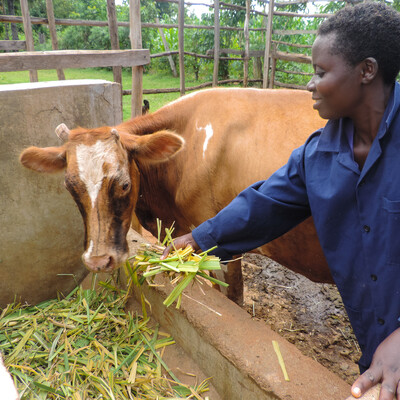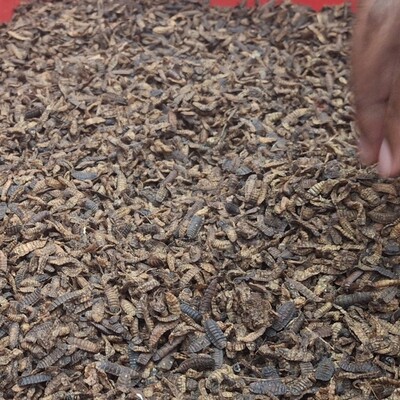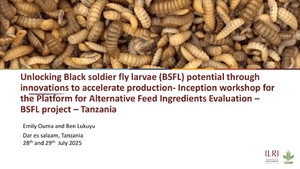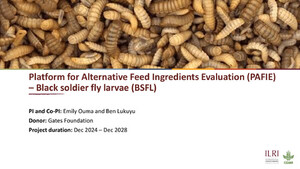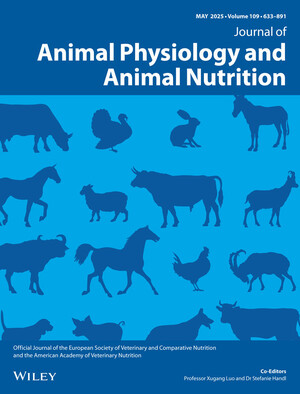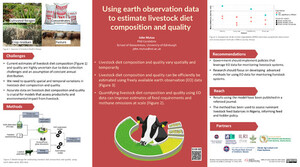
Development of new forage genetic resources and their ultilization
Forage diversity activities at ILRI are part of the Feed and Forages Biosciences program. The main objective is to conserve, study and maximize uses of the biodiversity of forage genetic resources. Poor-quality feed and fluctuating feed supplies with seasonal feed shortages are major constraints to increase livestock productivity in many tropical countries. Understanding and managing forage diversity is essential for the development of new forage resources to alleviate these constraints and to maintain diversity in forage/pasture ecosystems.
The knowledge generated from this work allows scientists to identify genotypes that have potential as livestock feed. It also allows them to conserve essential forage biodiversity for current and future generations as global public goods.
The major focus of forage research is to characterize the forage resources in terms of their use as livestock feeds. This involves assessing variation in phenotype and nutritional traits, as well as resistance to diseases and pests. Genetic diversity is also studied using molecular techniques. Research also covers disease and drought tolerance studies. Recent work focuses on the identification of Napier grass accessions with tolerance to Napier grass stunt disease and drought. Information generated from this research is used to identify superior accessions or best bets for further agronomic evaluation and utilization as part of sustainable farming systems.
Every year, ILRI freely distributes about 3000 samples of germplasm globally for evaluation and further development and use by smallholder farmers. ILRI also maintains the Herbage Seed Unit which focuses on providing a source of tropical forage seeds and planting material of selected best-bet species at cost for use in establishing national forage seed production, including 33 species of herbaceous legumes, 10 species of grass and 5 species of fodder trees.






